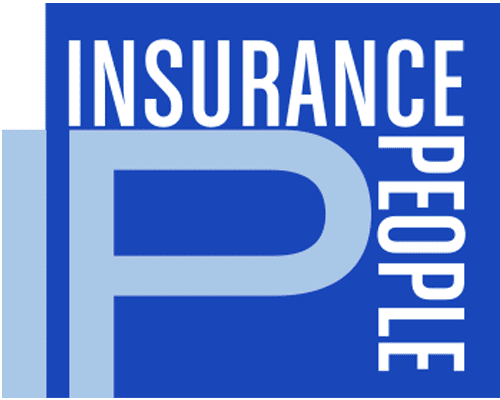North Carolina, South Carolina, and Virginia have already declared states of emergency as they anticipate the potential impacts from Hurricane Florence. Current computer models agree that the storm is heading for the Carolinas and could hit land as a Category 3 or Category 4 Hurricane (111+ mph winds). Many residents that have lived in the area for the past 20 years understand the detrimental powers a hurricane of this size can bring – Hurricanes Fran (1996) and Floyd (1999).
Being ready for a natural disaster can save money, time, property, and lives. Here are 5 crucial tips on the best ways to prepare for a hurricane:
1 – Protect Your Home
If you live on the coast or even within 100 miles inland, it is imperative that you take the steps to ensure your home is protected. The first step is to bring inside or tie down all objects surrounding your house. Potted plants, outdoor furniture, and other outdoor equipment can act as airborne missiles when picked up by extreme winds.
The second step is to secure entry points like doors and windows – these are the weakest points of your house. Common methods include installing storm shutters or boarding up windows with plywood.
The next step is to purchase sand bags if you believe you home is at high risk for flooding (beach houses and high flood zones). Experts recommend stacking the sand bags as high as two feet around entrances to create a secure barricade.
Lastly, inspect your roof for loose shingles or any other damage. Having unresolved minor roof damage could act as a catalyst for detrimental impacts when faced with high wind and rain. Make sure your roof is properly repaired before the storm hits by a professional to ensure minimal damage.
2 – Purchase Supplies
The first thing to purchase is gasoline. We recommend that you fill up your car and cannisters as soon as possible; many gas stations in the Triangle are already sold out.
Purchase food/water and other essentials for a survival kit in case of a power outage. The most common commodities include:
- Water (1 gallon per person per day)
- Non-perishable/Canned Food
- Flashlights with extra batteries
- Battery-powered or crank radio
- First aid kit
- Whistle (to signal for help)
- Extra clothing and blankets
3 – Create Home Inventory List
In order to make the post-storm recovery effort easier with your insurance company, make a detailed list of important items in your house. For a full breakdown on how to log information, click on the link below to an article written by Travelers Insurance:https://www.travelers.com/resources/weather/emergency-preparedness/home-inventory-checklist
4 – Create Copies of Important Documents & Back Up Electronic Files
In case of flooding or other damage to your home, make sure you create copies of important documents pertaining to banking, insurance, ownership, and finances. Store these extra copies in either a water-proof container or an off-site safe deposit box.
Back up all significant electronic files in case your computer or tablets are destroyed. It is recommended that you back up the information to an off-site location (Cloud) or onto an external hard drive that can be kept safe with your copied physical documents.
5 – Communicate Your Location
Lastly, communicate to your friends and family where you will be located when the hurricane hits. These friends/family should include people outside and inside of the affected zones. In case of a disaster to your home, making people aware of where you are riding out the storm will increase the possibility of being found.
